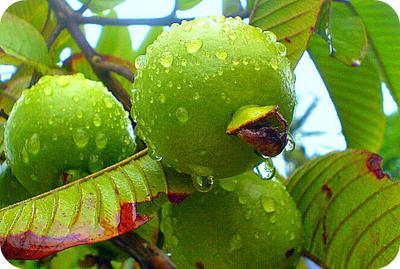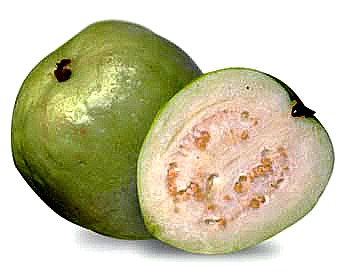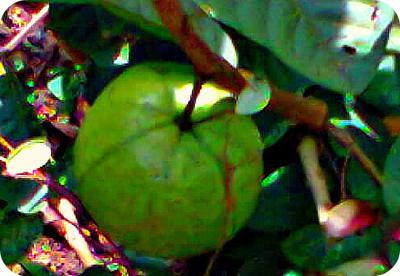VANILLA BEANS | SOYBEAN OIL | SOYMEAL & CAKE | COCOA BEANS | COFFEE BEANS
Guavas in Uganda

Apple Guava on Tree, Uganda
Apple Guava we have here in Uganda, Africa is also called the common guava (Psidium guajava; known as goiaba in Portuguese and guayaba in Spanish) is an evergreen shrub or small tree native to Mexico, the Caribbean, and Central and South America. It is easily pollinated by insects; in culture, mainly by the common honey bee, Apis mellifera.
If you want to buy these fruits, contact us here.
Local Name
Omupeera
Identifying the Plant
Widely cultivated in tropical and subtropical regions around the world, guava fruits can range in size from as small as an apricot to as large as a grapefruit. Various cultivars have white, pink, or red flesh, and a few also feature red (instead of green) skin.
When cultivated from seed, guavas are notable for an extremely slow growth rate for several months, before a very rapid acceleration in growth rate takes over. From seed, common guavas may bloom and set fruit in as few as 2 years, or as many as 8. Cuttings and grafting are more commonly used as a propagation method in commercial groves. Highly adaptable, guavas can be easily grown as container plants in temperate regions, though their ability to bloom and set fruit is somewhat less predictable. In some tropical locales, guavas can become invasive. It has become a major problem in the Galápagos Islands.
The plant is used in many different shampoo products for its scent. It is also becoming a popular bonsai species and is currently quite popular in India and Eastern Asia.
If you want to buy these fruits, contact us here.
Comments for Guavas in Uganda
|
||
|
||
|
Click here to add your own comments Join in and write your own page! It's easy to do. How? Simply click here to return to Plants Guide. |
If you haven't yet found what you were looking for or you need detailed information about the subject matter on this page then... feel free to ask our business travel consultants. |









